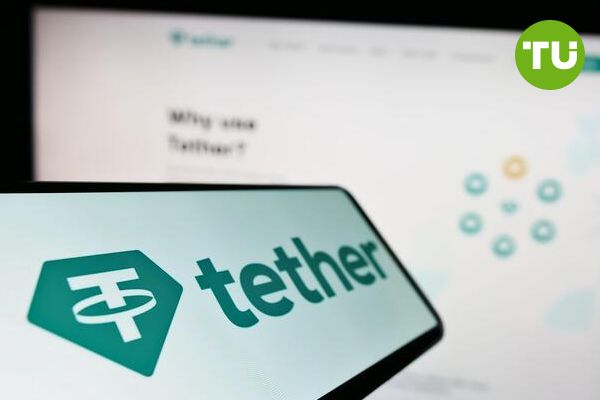Tether initiates 2 billion USDT swap to Ethereum network
 Tether initiates 2 billion USDT swap to Ethereum network
Tether initiates 2 billion USDT swap to Ethereum network
In a significant shift in the stablecoin market, Tether has transferred over $2 billion of its Tether-USD (USDT) holdings to the Ethereum blockchain. The large-scale cross-chain transfer, completed on November 6, 2024, marks a notable movement of funds from multiple blockchain networks, including Tron, Avalanche, NEAR Protocol, and EOS, to Ethereum. According to Tether, the transfer was executed on behalf of a large, unnamed exchange aiming to consolidate its USDT holdings from various cold wallets onto Ethereum.
While the majority of USDT volume exists on the Tron network, favored for its lower fees and faster transaction speeds, this cross-chain swap is a significant adjustment in network allocation for Tether. Specifically, the transfer included 1 billion USDT from Tron, 600 million USDT from Avalanche, 300 million USDT from NEAR Protocol, and 60 million USDT from EOS. Tether has reassured investors that the cross-chain swap will not impact the total supply of USDT, as it simply shifts assets between networks.
Tether's stability amid regulatory scrutiny and market turbulence
This cross-chain swap occurs against a backdrop of heightened scrutiny for Tether. Recently, an unverified report from the Wall Street Journal indicated that the United States government may be investigating the company over alleged money laundering and sanctions violations. This news briefly unsettled the crypto markets, triggering uncertainty and a short-term drop in asset prices. Amid this turmoil, Tether CEO Paolo Ardoino addressed concerns by presenting a breakdown of Tether’s reserve assets at the PlanB event in Switzerland, highlighting the stablecoin’s substantial backing.
Ardoino reported that Tether’s reserve assets include approximately $100 billion in U.S. Treasury bills, 82,000 Bitcoin (valued at around $6.2 billion), and 48 tons of gold. This portfolio aims to ensure Tether’s reliability and stability as a dollar-pegged asset, even amid market volatility. Despite these assurances, Tether’s sizable market cap of $120 billion in October 2024 has sparked both optimism and caution among traders. Many see Tether’s robust valuation as an indicator of heightened activity in digital assets, but data from Chainalysis suggests that stablecoins are increasingly used as stores of value in economies facing currency depreciation, rather than for speculative purposes.
As Tether navigates these regulatory and market challenges, its ongoing efforts to maintain stability in the cryptocurrency ecosystem will be closely watched. The recent cross-chain move to Ethereum reflects both the adaptability of stablecoins and their growing role in global finance, especially in uncertain economic climates.
But Tether will soon face competition. Paxos is partnering with Robinhood, Kraken, and Nuvei to launch the USDG stablecoin.













































































































































